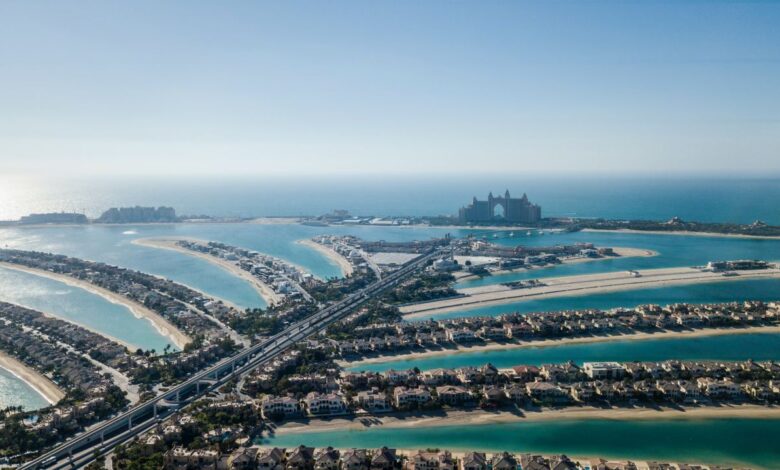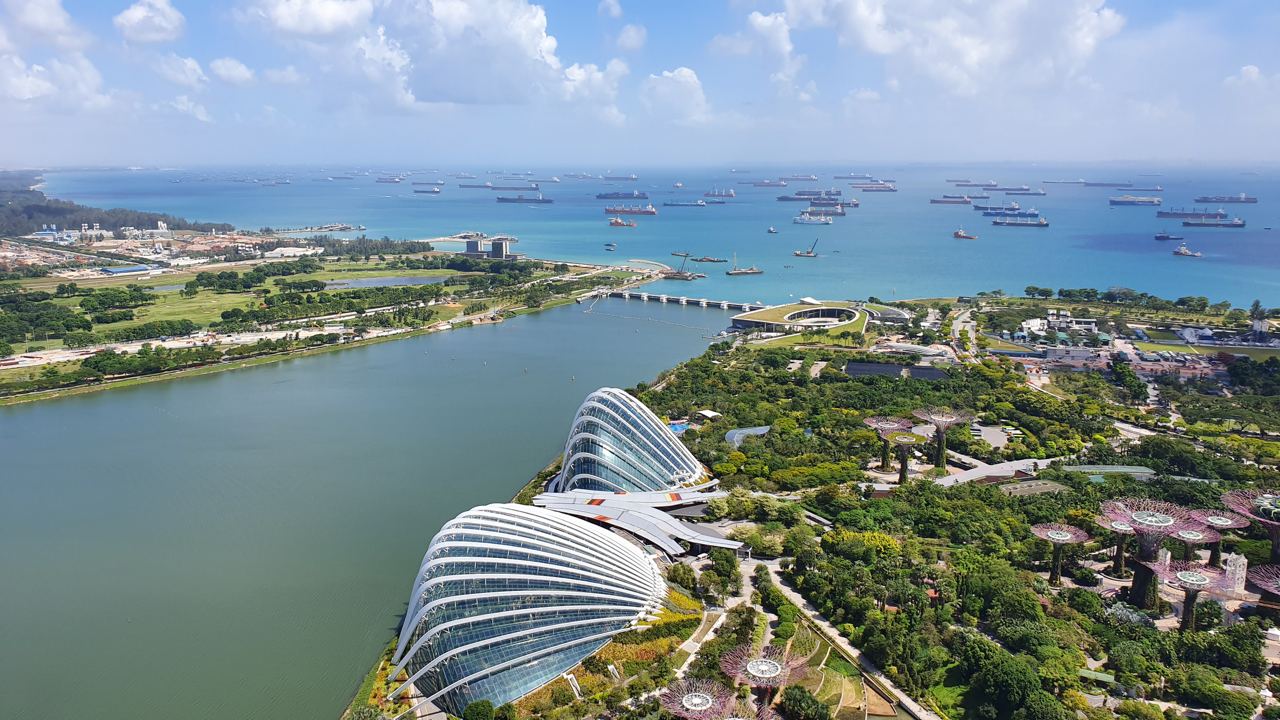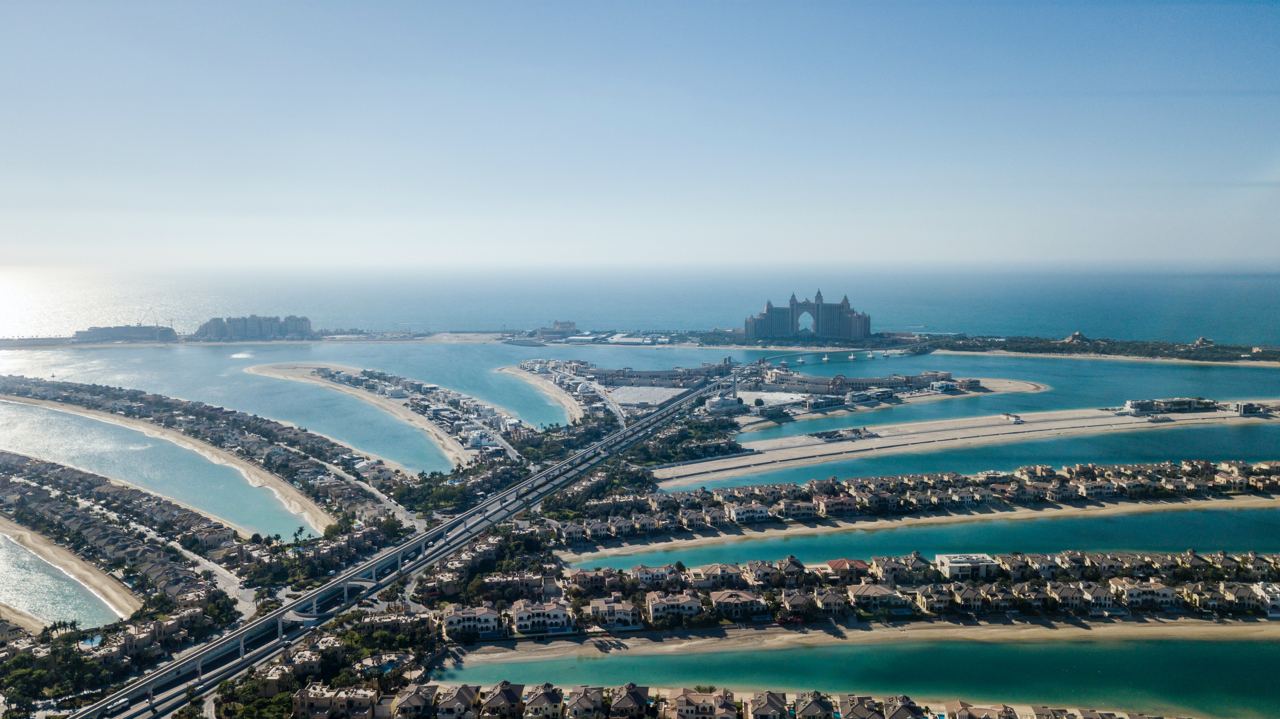
Manila Bay Reclamation: The Future in Our Hands
A set of visionary projects transforming the capital region's coastal landscape, promising prosperity, sustainability, and urban renewal.
Coastal land reclamation is nothing new. But recent decades has seen it emerge as a global phenomenon, specially in the Middle East and Asia. It has transformed coastlines and has created marvels such as Dubai’s Palm Jumeirah, The World archipelago, and Hong Kong’s West Kowloon Cultural District. Singapore is another economic powerhouse that’s taken advantage of reclamation.
These examples have not only reshaped skylines but also redefined urban living. Now, as we turn our gaze to the Philippines, the nation stands at the cusp of its coastal renaissance. Leading the way is the set of ambitious Manila Bay Reclamation projects. This transformative endeavor not only reclaims land but also seizes opportunities for a brighter future.

The Vision of Manila Bay Reclamation
Now, the Philippines is poised to join this transformative journey, with the spotlight firmly on the projects lining the capital region’s coast. The series of Manila Bay Reclamation projects is a visionary undertaking seeking to expand Manila’s waterfront. It’s virtually a rebirth of an economic hub that’s been feeling the doldrums. Like its global counterparts, this project is not merely about reclaiming land; it’s about reclaiming opportunities and reinvigorating the nation’s prosperity.
Economic Growth and Opportunities
At the heart of Manila Bay Reclamation lies a commitment to economic growth. By creating new areas for commerce, industry, and residences, Metro Manila can attract more foreign businesses. These investors will bring much-needed economic stimulation, and breathe jobs into an economy in stagnation. This surge in economic activity will not only uplift the local community but also strengthen the nation’s financial stability.

Sustainability at the Core
Moreover, this reclamation initiative takes sustainability seriously. Incorporating eco-friendly technologies and green design principles, it strives to minimize its environmental footprint. This dedication to preserving the bay’s natural beauty while advancing urban functionality sets a sustainable precedent for future developments.
Expanding the Coastal Horizons
While Manila Bay Reclamation leads the way, other coastal economic hubs like Cebu and Davao have a golden opportunity to follow suit. By expanding their waterfronts and adopting sustainable practices, they can unlock a world of possibilities. From increased trade to enhanced tourism, exploring these possibilities of urban development can bring prosperity not just to those existing hubs, but also neighbouring towns.
READ: Eco Essentials to Empower Coastal Communities
Challenges and Solutions
However, challenges loom large, including concerns about disaster resilience. Critics emphasize the need for collaborative, adaptive strategies to ensure these projects stand the test of time. For a place like Metro Manila, disaster resilience is paramount, as it holds the key to creating thriving urban environments that can meet the needs of a fast-changing planet.
The Path to a Brighter Future
The success of coastal land reclamation projects worldwide underscores the potential for the Philippines to carve its path to a brighter future. With careful planning, sustainable design principles, and a commitment to community well-being, the country can harness its potential and join the ranks of global leaders in coastal transformation. The future beckons, and it’s time for the Philippines to seize the opportunity and embark on its own coastal renaissance.




